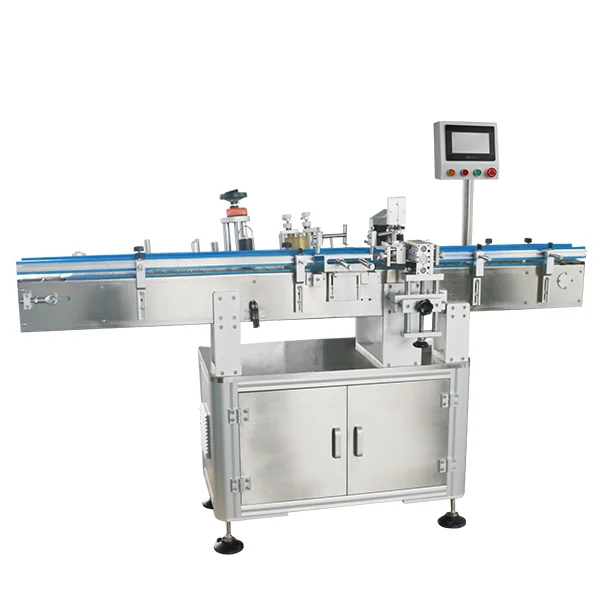Illuminating the Dark: A Comprehensive Comparison of Night Vision and Infrared Technologies
In the realm of low-light and nighttime observation, two technologies reign supreme: night vision and infrared (IR) imaging. Both have their unique applications, advantages, and limitations, making them indispensable tools in various fields, including military, law enforcement, wildlife observation, and even consumer electronics. This article delves into the intricacies of these technologies, comparing their functionalities, use cases, and effectiveness to determine which is better suited for specific scenarios.
Understanding Night Vision Technology
Night vision technology primarily relies on amplifying existing light, such as moonlight or starlight, to create a visible image in low-light conditions. This is achieved through the use of image intensifier tubes, which convert photons into electrons, amplifying the signal and producing a brighter image. Night vision devices are categorized into generations, with Gen 1 being the most basic and Gen 3 and Gen 4 offering advanced capabilities, including improved resolution and sensitivity.
Advantages of Night Vision
- Image Clarity: Night vision devices provide clear, detailed images in low-light environments, making them ideal for surveillance and reconnaissance.
- Color Perception: Unlike infrared, night vision can render images in shades of green (or sometimes black and white), allowing for better depth perception and recognition of details.
- Cost-Effectiveness: Generally, night vision devices are more affordable than high-end infrared systems, making them accessible for various users.
Limitations of Night Vision
- Dependence on Ambient Light: Night vision technology requires some level of ambient light to function effectively. In complete darkness, these devices may struggle to produce usable images.
- Vulnerability to Bright Light: Sudden exposure to bright light can damage night vision devices, necessitating protective measures during use.
- Limited Range: The effective range of night vision devices is often shorter than that of infrared systems, particularly in complete darkness.
Exploring Infrared Technology
Infrared technology, on the other hand, detects heat emitted by objects rather than relying on visible light. This capability allows infrared devices to function effectively in total darkness, making them invaluable for various applications. Infrared imaging can be divided into two main categories: near-infrared (NIR) and thermal infrared (TIR).
Advantages of Infrared
- All-Weather Capability: Infrared systems can penetrate smoke, fog, and other obscurants, providing reliable imaging in adverse weather conditions.
- Total Darkness Operation: Infrared devices do not require any ambient light, making them ideal for nighttime operations or environments where visibility is severely limited.
- Longer Detection Range: Infrared technology can detect heat signatures from greater distances, making it suitable for surveillance and search-and-rescue missions.
Limitations of Infrared
- Image Resolution: While infrared can detect heat signatures, the images produced may lack the clarity and detail found in night vision images, making identification more challenging.
- Cost: High-quality infrared systems can be significantly more expensive than night vision devices, which may limit accessibility for some users.
- Limited Color Information: Infrared imaging typically presents data in grayscale or color palettes that represent temperature variations, which may not provide the same level of detail as night vision.
Use Cases: Night Vision vs. Infrared
The choice between night vision and infrared technology often depends on the specific requirements of the task at hand. Here are some scenarios where each technology excels:
- Military Operations: Night vision is often preferred for ground troops who need to navigate and identify targets in low-light conditions. However, infrared is invaluable for aerial surveillance and reconnaissance, where detecting heat signatures from vehicles or personnel is crucial.
- Law Enforcement: Night vision can assist officers in patrolling dark areas, while infrared technology is beneficial for tracking suspects or locating missing persons in complete darkness.
- Wildlife Observation: Night vision allows enthusiasts to observe animals in their natural habitats without disturbing them, while infrared cameras can monitor wildlife activity without the need for light, making them ideal for studying nocturnal species.
- Home Security: Many modern security systems incorporate both technologies, using night vision for general surveillance and infrared for detecting intruders in total darkness.
Conclusion: Which is Better?
Ultimately, the question of whether night vision or infrared is better cannot be answered definitively; it depends on the context of use. Night vision excels in environments with some ambient light and where detail and clarity are paramount. In contrast, infrared technology shines in total darkness and adverse weather conditions, providing unparalleled detection capabilities.



